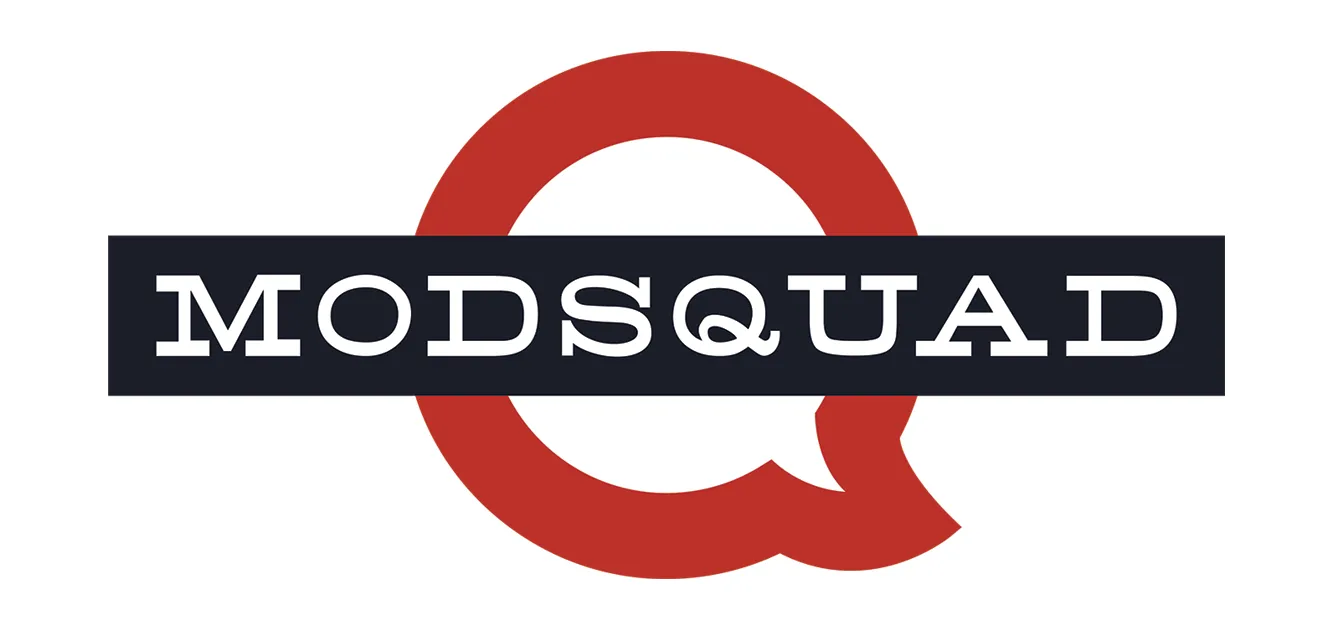
Retention, Part 34: Your Website Is Talking
By Sanya Weathers
Your website says a lot about your company, and a lot of it isn’t good. If you’ve been in business for six months, I promise you that your website is out of date and costing you customers. Here’s your repair checklist:
– Outdated information. Each how-to, user guide, and FAQ has the date on it (right?), and if it’s more than 90 days old, you should glance over it. By you, I mean your community manager, a producer, and a customer service representative. After you’ve checked it, change the date.
The date assures both you and the customer that the information is fresh and useful.
– Redundant information. A website is like a living thing, constantly growing and evolving. Unfortunately, the same can be said of a cancerous tumor. In the fast paced world of online product development, you’ll often think “we should tell the users about this,” and slap up a piece of information without checking where else on the site it might already be found.
A whiteboard map of the site will help you visualize the information, and when you see the same bit twice, remove one. Protip – the second place you posted it was probably the better choice. If you really do need to have the information in the site twice for some reason, don’t just cut and paste, or you’ll create more work for yourself down the line when you do your scan for outdated material (see above). It’s a website, not a dead tree manual. Post it in one place, and put a hotlink in the second place.
– Trending information. When you set up your website, your landing page had everything you thought that customers would want to know. Once you’ve been in business for a few months, you still need some of that stuff for the benefit of newcomers – account creation information, and a short tutorial, for example. But the number of people who are completely new will be rare. Most new people will have heard about your product from someone else, read an article about your product, been invited to join in by a friend.
The majority of your site visitors after your product launches will be people already engaged with the product. Turn to your user metrics to determine what your front page should be saying now. What’s the page most people go to? What’s the most frequent search? Is there a page that people are bookmarking, and bypassing your main page entirely? The answers to these questions will dictate your best course of action.
– Are you autoplaying music or video with a soundtrack? Stop it. Please. Let people press play, and make the mute button obvious. The cubicle dwellers of the earth will thank you.

